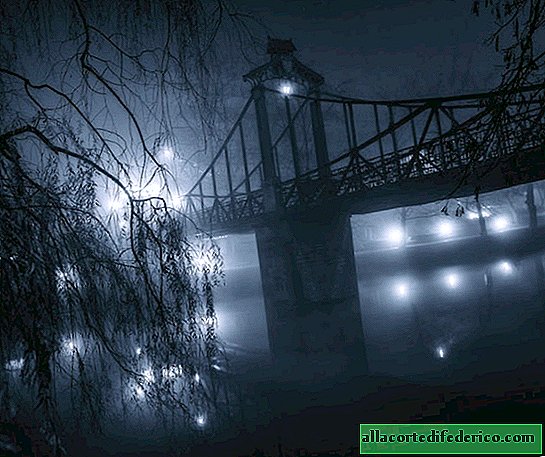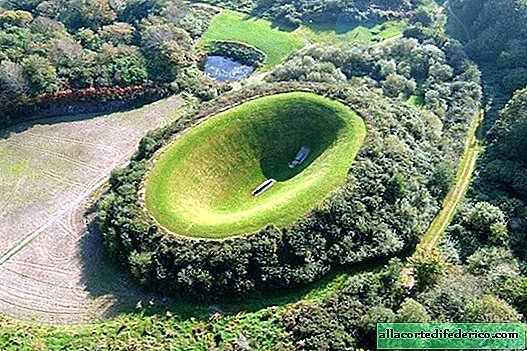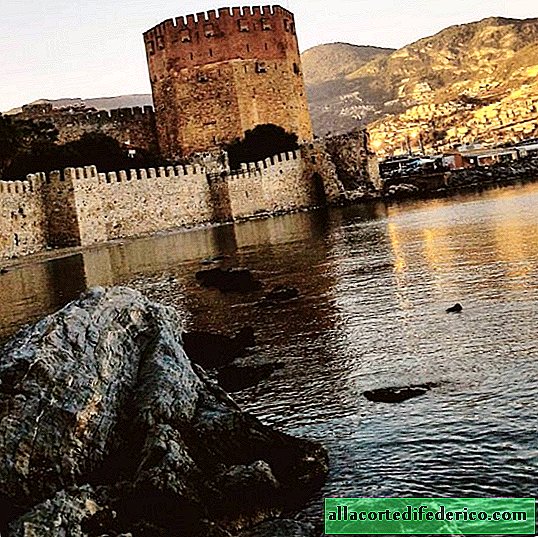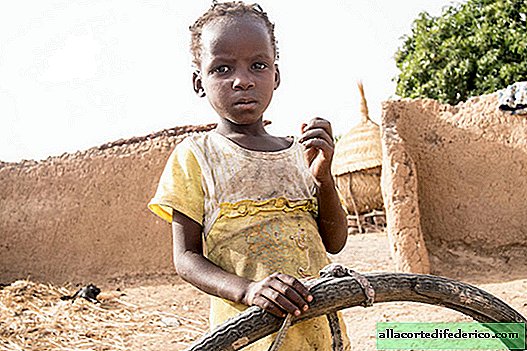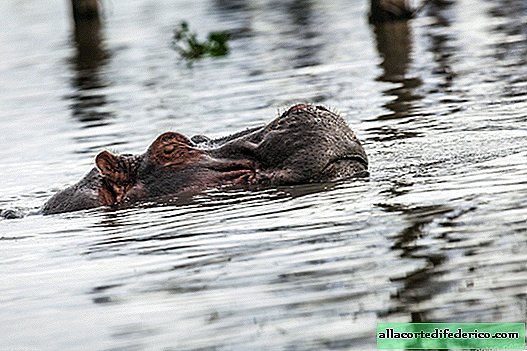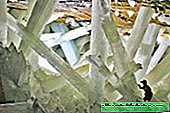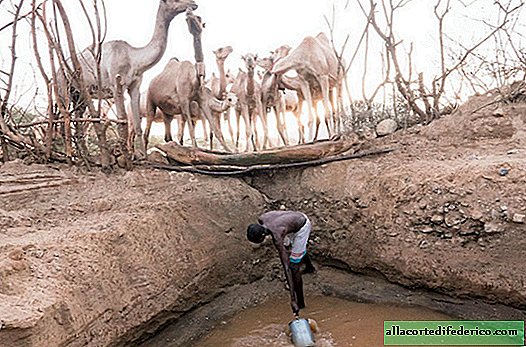What helped the heyday of the Roman Empire
Hannibal's mistake
The war with Carthage in question was called the Second Punic War (the Puns called the Carthaginians the Romans, who, in fact, were Phoenicians). It lasted from 218 to 201 BC. Her most dramatic moment was the rash decision of the famous Carthaginian commander Hannibal to go over with the army of the Alps. Despite 40 elephants, which at that time immediately replaced tanks and armor-piercing guns, the Carthaginian army was defeated by Rome.
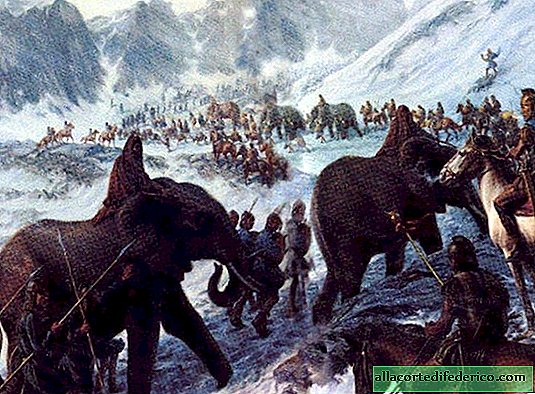
Money doesn’t lie
These data are confirmed by the analysis of silver coins from the time of the Roman Empire. After analyzing 69 coins minted between 310 and 101 BC, the researchers using lead isotopes were able to determine in which geological period the silver was extracted from which the money was made. Then they compared the obtained data with the geological time periods when silver ore deposits were formed in the western Mediterranean, including in Spain, France, North Africa, Italy and Asia Minor.

In the photo: Numbers 1, 2 and 3 indicate the places from which silver was taken for testing
It turned out that 52 of 69 coins were made of Spanish silver. The same 52 coins were minted between 209 and 101 years BC, that is, immediately after Rome conquered the Carthaginian fortress in Spain - the turning point of the Second Punic War.
From this began the Great Roman Empire. And in 149 BC, the Third Punic War began, which ended Carthage forever.



